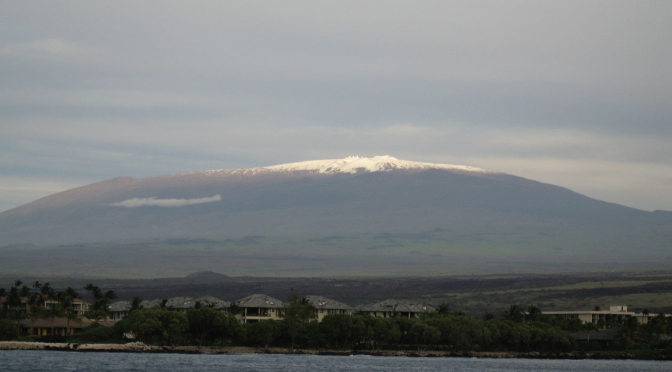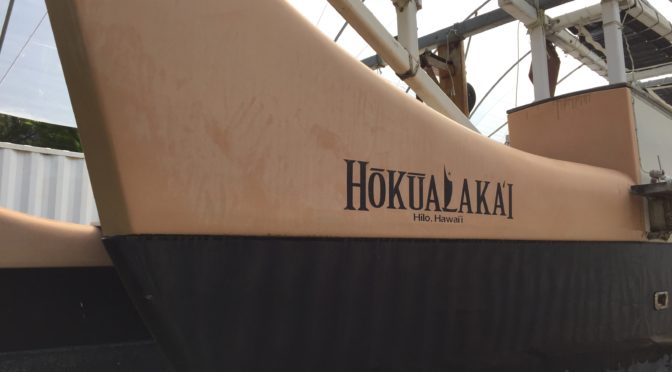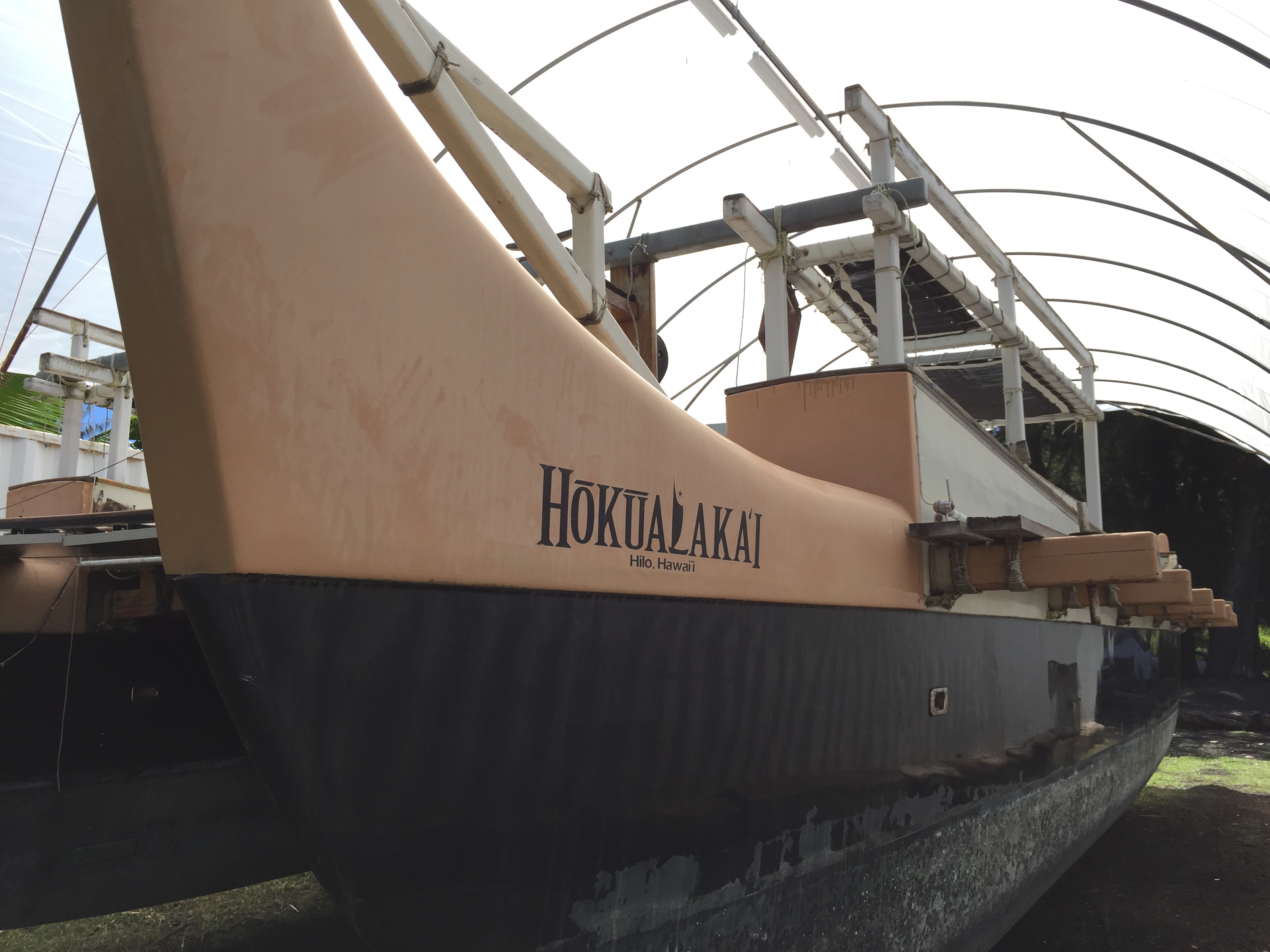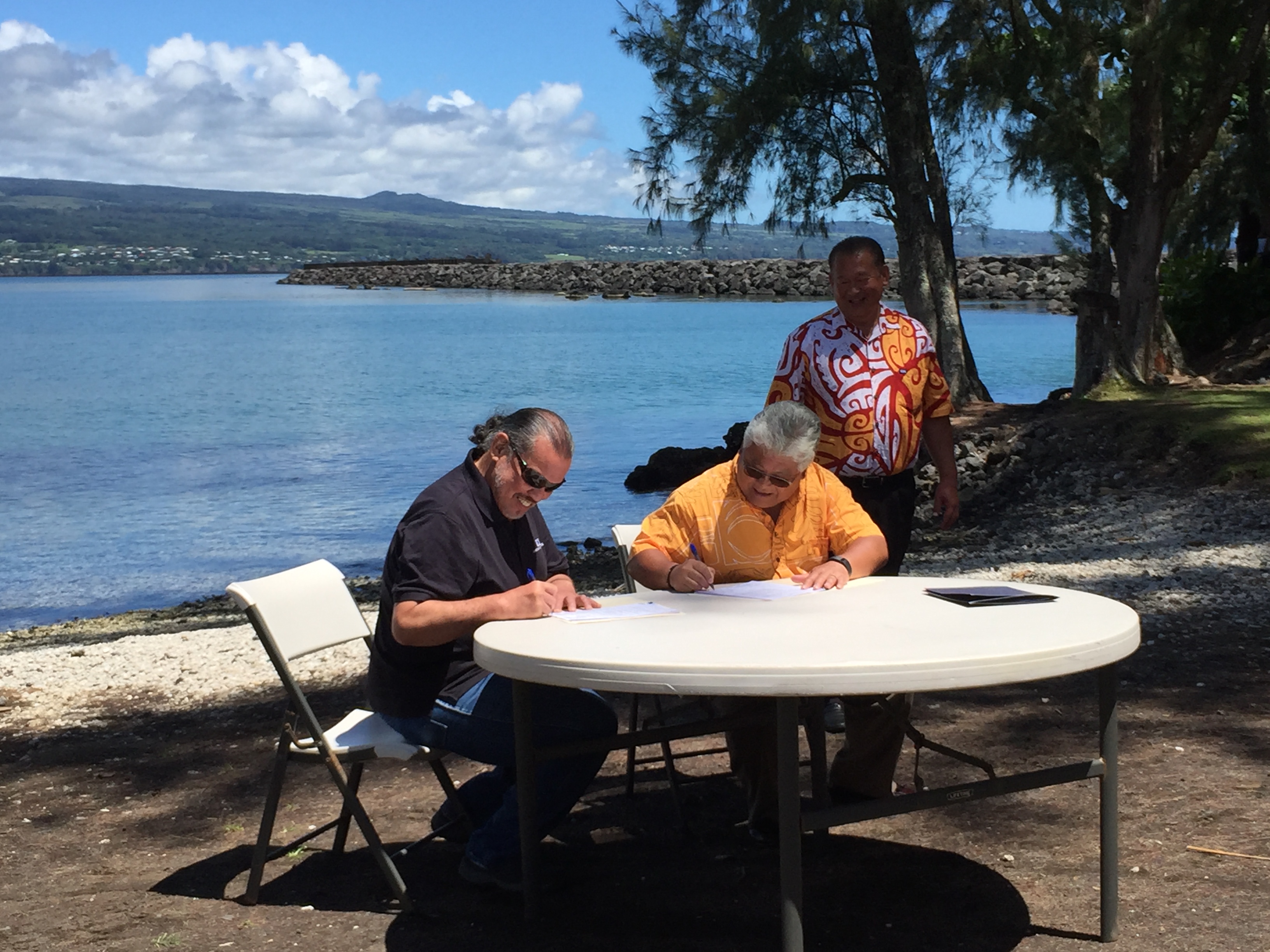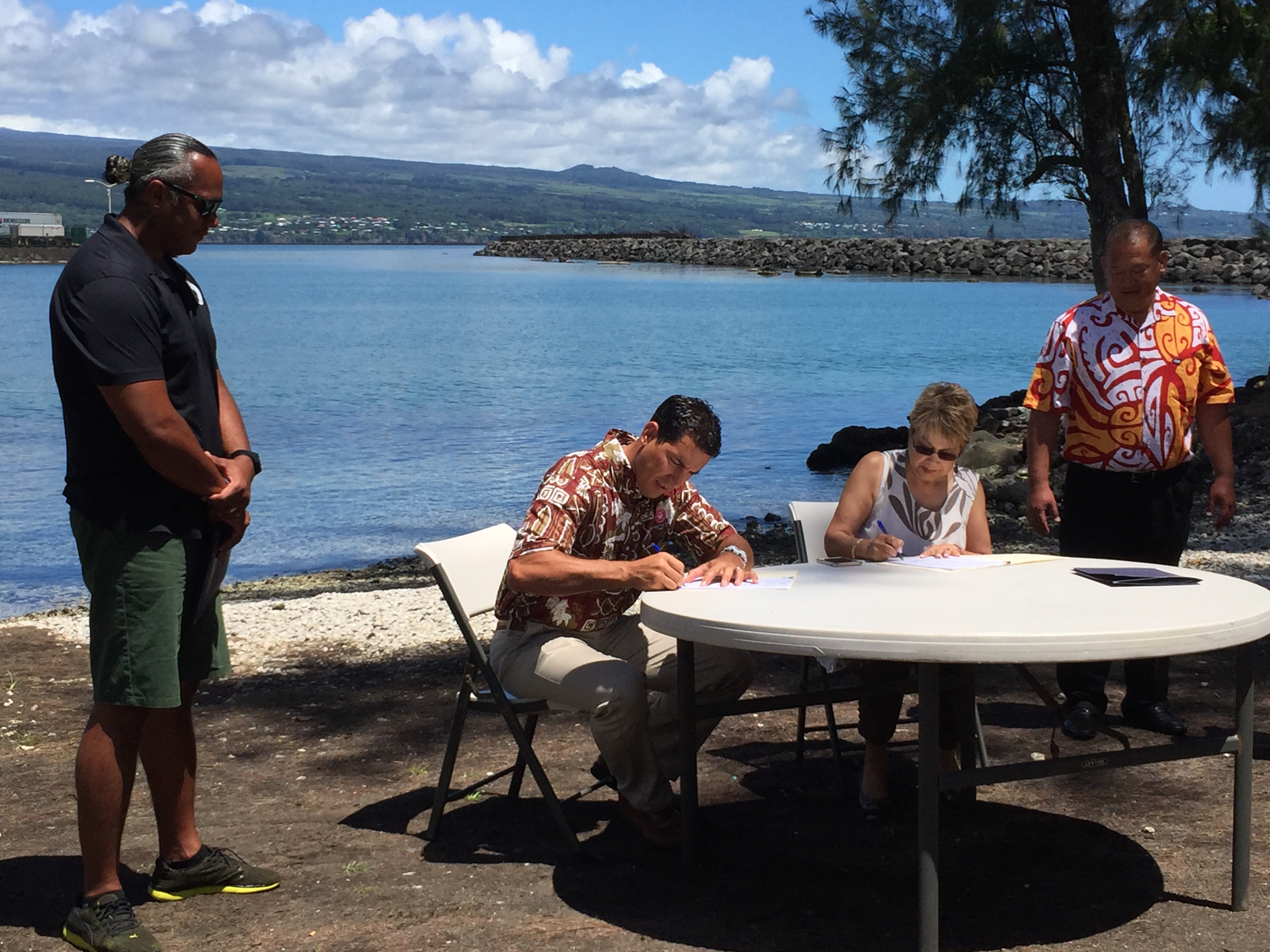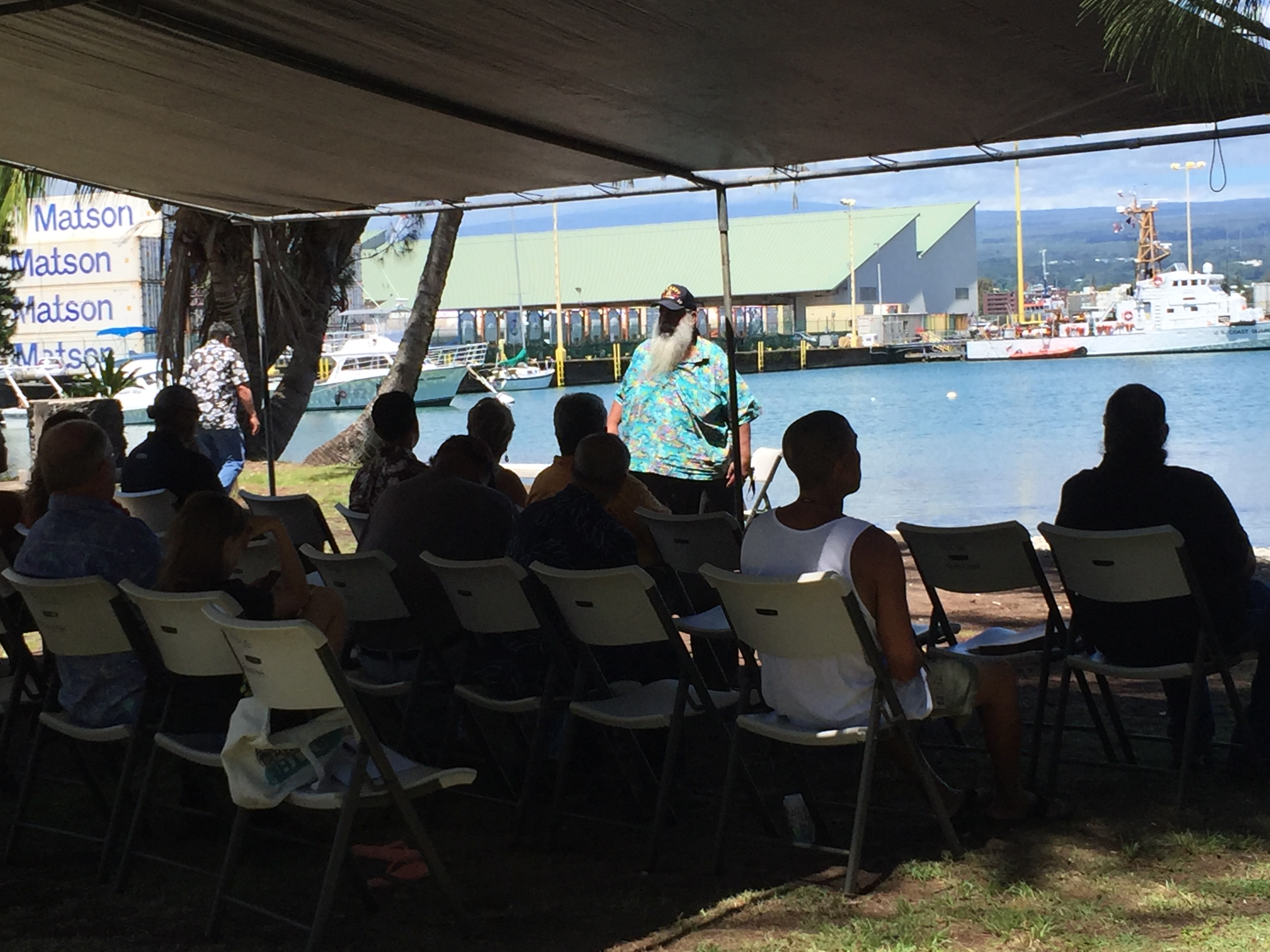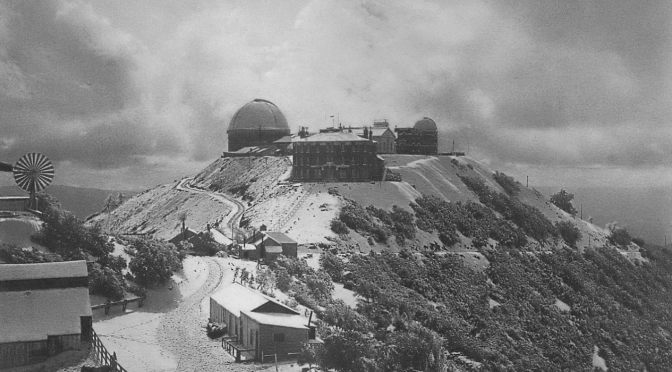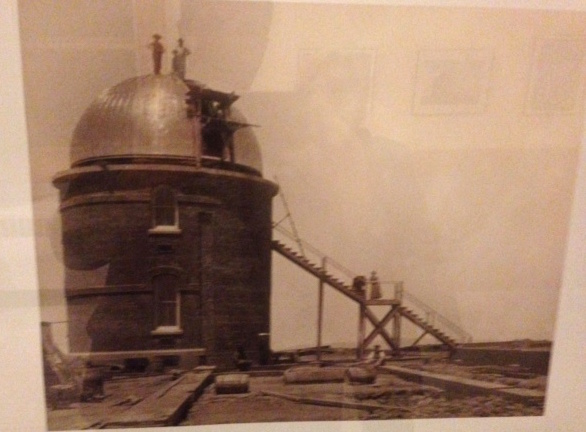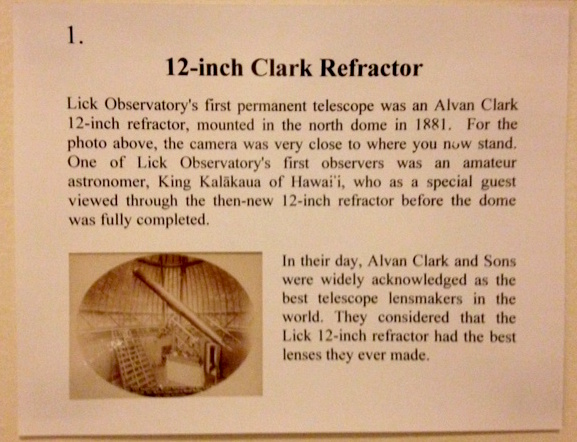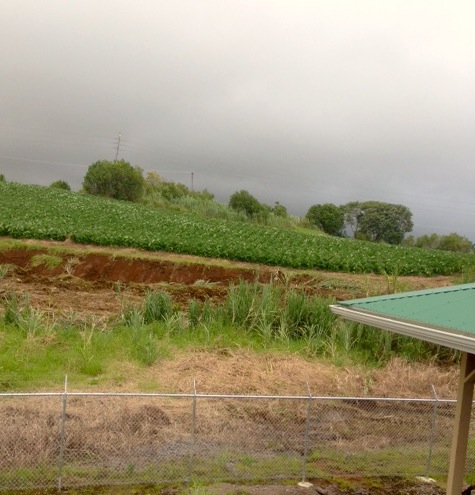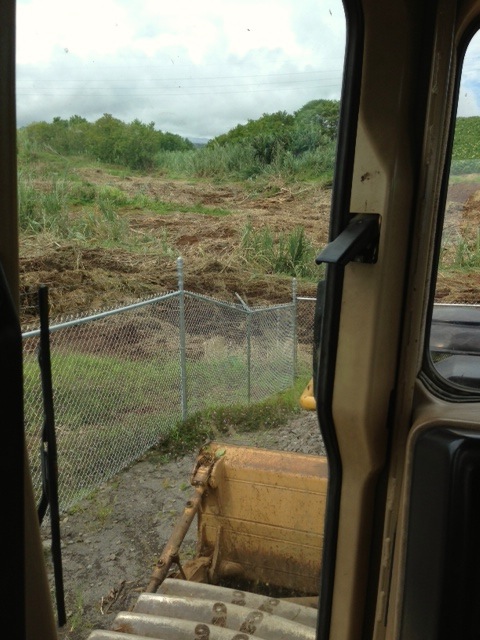Sunday’s Hawaii Tribune-Herald had an article about Hawaiian astronomers testifying in the Thirty Meter Telescope contested case hearing last week.
From the article Astronomers Make Their Case:
Native Hawaiian astronomer Paul Coleman says the Thirty Meter Telescope would not just help unlock the mysteries of the universe, but also provide him a link to his ancestors.
Coleman, along with fellow astronomer Heather Kaluna, were the last of TIO International Observatory’s witnesses called in its ongoing contested case hearing this past week.
I first met Heather Kaluna back in 2006 or 2007 when I was a Keaholoa STEM advisor at the University of Hawai‘i at Hilo. The Keaholoa STEM program aims to “increase enrollment, support, and graduation rates of Native Hawaiian students at UH-Hilo in science & mathematics disciplines, and increase familiarity and the use of related technology.”
When I spoke to the college students back then, I told them about starting the Adopt-a-Class program at Keaukaha Elementary School. That program raised money to send students on field trips to places like ‘Imiloa Astronomy Center that they wouldn’t otherwise be able to take.
Heather was in the Keaholoa program. After I spoke, she came up and asked me how she could donate money to help the kids at Keaukaha. She was a “starving college student” herself. I knew she should be spending her money on putting herself through school, not worrying about the kids at Keaukaha. It stuck with me.
She studied astronomy at UH-Hilo and then UH-Manoa. Now she’s a postdoctoral fellow at the Hawaii Institute of Geophysics and Paleontology. I saw her recently when she and I, along with Barry Taniguchi, ended up on the selection committee for the new Institute for Astronomy (IfA) director.
There is a pipeline of Hawaiians coming up in astronomy. Paul Coleman was the first native Hawaiian astronomer. Then came Heather, and behind her is Mailani Neal.
Students that want to be Hawaiian astronomers
I attended the 2015 Office of Hawaiian Affairs (OHA) hearing when OHA voted to rescind its support of the TMT. Mailani, then a high school student at Hawaii Preparatory Academy, told trustees, in tears, that she wanted to go into astronomy. Now she is on the mainland getting her degree and she will be an astronomer.
And I know of at least one more person who may be in the Hawaiian astronomer pipeline. On one of my last tours of the banana farm, there was a girl from Kamehameha Schools. It was a couple years ago and I think she may have been in eighth grade. She hung close to me and I thought maybe she wanted to go into farming.
But afterward she came up and told me, in a soft voice, that she wanted to be an astronomer.
I really regret that I didn’t follow up and connect her with Heather and Mailani. That I didn’t tell them, “Look, here’s another girl coming up the pipeline.” After the fact, I tried to find out who that young girl was but I wasn’t successful.
I’m so conscious of young people in elementary school, middle school, high school. They have aspirations you don’t know about, and they need help when they need help.
It’s like the story I just told here about my cousin Frank Kamahele. He was 11 years old when he knew he was going to be an airplane pilot. He didn’t know how, but he knew he would be. And he was.
It still bothers me that I didn’t connect that young girl with the others already on the path, and I’d still like to. That was maybe two years ago. If anyone knows who she is, please let me know.

